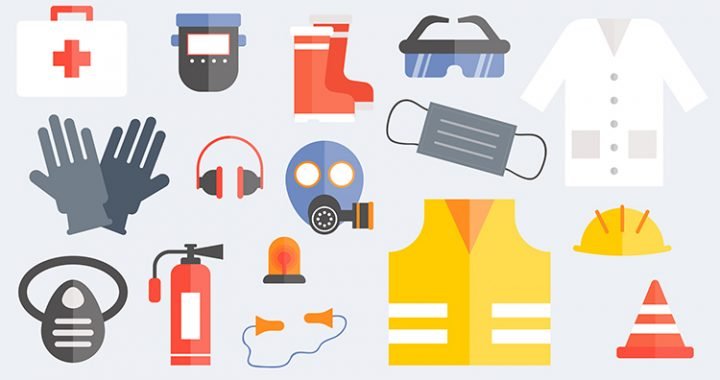-
Wearing personal protective equipment (PPE) offers a sense of security during this COVID-19 pandemic. But do you and your workers actually know how to properly fit, use and maintain PPE?
Your instinct might be to respond, “Sure, it can’t be that hard, right?” But think again. The impacts of improper fit, usage and maintenance can be more serious than you think, especially when wearing PPE likely brings you in closer contact with COVID-19 and other contaminants.
For greater assurance, considering training for those who may need to utilize respiratory protection and PPE.
First and foremost, make sure the training course complies with the Occupational Safety and Health Administration's (OSHA) respiratory protection standard and other applicable PPE standards (29 Code of Federal Regulations [CFR] 1910 Subpart I).
Other important elements that training should include are:
- Impact of improper fit, usage, and/or maintenance
- Respirator limitations
- PPE limitations
- Respirator use in emergency situations (including malfunctions)
- Respirator inspection, donning, doffing, and seal check
- PPE inspection, donning, and doffing
- Maintenance and storage of respirator and PPE
- Medical signs and symptoms that may limit or prevent effective use of respirators
EnSafe industrial hygienists have been training workers nationwide in best practices for PPE for nearly 40 years. We’re leveraging that experience to deliver web-based training sessions, complete with electronic training materials, testing for comprehension and retention of knowledge, answer keys, and certificates of completion.
Time to consider training? Give us a call.

What’s the proper way to use respiratory protection and personal protective equipment?
Posted in Insights/Innovation.